Wyoming Beavers Slated for All-Out Trapping!
No one needs to tell us that furbearers, especially beavers, have long suffered as lowest priority in Wyoming’s wildlife management. Especially now! You can help us change that! Here’s an opportunity to take immediate action.
- “Beavers, the animal that doubles as an ecosystem, are ecological and hydrological Swiss Army knives, capable, in the right circumstances, of tackling just about any landscape-scale problem you might confront.” – Ben Goldfarb, author of Eager, The Surprising Secret Lives of Beaver and Why They Matter
- “Beavers can help us fight drought, flooding, wildfire, extinction, and the ravages of climate change. Our challenge is to encourage the public and our wildlife managers to learn to coexist, harmoniously and even beneficially, with our fellow travelers on this planet.”
Friends, relatives and colleagues of Wyoming Untrapped: NOW is the time to Take Action for beavers!
The public and our most valuable eco-engineers, beavers, face a new challenge and need immediate action. Our local wildlife managers and game wardens continue to resist trapping reform, placing beavers under fire. Four beaver harvest areas (Teton County and Lincoln County) have been restricted to limited quotas for one trapper since 1992 (22 years). Today, instead of closing these areas to trapping and snaring, Wyoming Game and Fish Department (WGFD), without any scientific foundation, is recommending opening these areas to unlimited quotas by any trapper to offer a “recreational opportunity” to more trappers. We want these areas permanently closed to trapping, snaring, shooting or killing in any manner.
Show Up. Get Informed. Comment.
Submit your comments online to WGFD
Go to https://wgfd.wyo.gov/Get-Involved/Public-Meetings
Scroll to View Chapter 4: Furbearer Hunting or Trapping Seasons
Click on “online comments”
Wyoming Game and Fish stated their justification to open these beaver habitat areas to full-on trapping.
Please read their statement and our take-action points below, get fired up and recommend permanent closure of these four Jackson Region areas to all beaver trapping and snaring.
Deadline for Comments: June 17, 5:00 p.m.
Wyoming Game And Fish “Justification” To Open Four
Beaver Habitat Areas To Uncapped Quotas.
The Wyoming Game and Fish Department is proposing to discontinue limited quota areas for beaver trapping in the Jackson Region. In general, the Jackson Region has seen a greatly reduced interest in beaver trapping over the past several years, and those holding the few limited quota permits have harvested few or no animals. This current approach may be limiting opportunity for others who have an interest in trapping. Additionally, discontinuing the limited quota areas will increase the opportunity to address beaver damage with a recreational trapper rather than a Game and Fish management action.
It is not anticipated this change will result in an overharvest of beavers in the future, but as a safeguard, the Jackson region is developing a beaver monitoring program. Should undesirable impacts be documented, the Commission maintains the ability to close certain areas if deemed necessary.
Trapping is a legitimate use of a renewable resource. The Jackson region currently has a healthy and robust beaver population and can provide the proposed recreational opportunity. While beavers can have detrimental effects for land managers, they also are a keystone species and the Game and Fish Department seeks to ensure beavers maintain their important role on the landscape.
Areas Affected
- Area 101: Ditch Creek. Ditch Creek drainage in Teton County – a public recreation area.
- Area 102: Willow Creek. Willow Creek drainage in Teton County.
- Area 103: Game Creek and Little Horse Creek. Game Creek and Little Horse Creek drainages in Teton County.
- Area 104: Fall Creek. All of the Fall Creek, Mosquito Creek and Dog Creek drainages on U.S. Forest Service lands in Teton County and Lincoln County – a local use area, Coburn Meadow, on Fall Creek is enjoyed by families and kids. A leghold trap with a beaver foot was found in the open area next to the creek.
Talking Points
It is usually most effective to be persuasive, but not rude, sarcastic or angry. Speak from the heart of one who is more inclined to support our Game & Fish Department if and when doing what is best and right for all residents and visitors in Wyoming, now and into the future. Original words directly from your own heart and mind are more likely to be given consideration than words and phrases that sound scripted.
Focus the energy of your words on beaver trapping reform and the shifting tide to twenty-first-century wildlife management and public tolerance.
How should you say it?
Wrap your own words around a spectrum of reasons to send beaver trapping practices to the “gut pile”. Reasons that might speak to:
- emerging trends in beaver wildlife management;
WU believes that the value of these eco-engineers to the health of our public landscapes outweighs the recreational opportunity to trap and kill beavers with cruel and inhumane steel devices seven months of the year without any scientific foundation. With the amount of recreation use in the four areas included in this proposal, a more sensible option would be to reduce or eliminate the take on beavers, at least until a population survey can be done. We request that the Wyoming Game and Fish Department and the Wyoming Game Commission permanently close these four unlimited quota harvest areas (101,102,103,104) in Teton County to beaver trapping harvest until these areas are surveyed and a population count is established. - hook-n-bullet 1820s thinking always seems to trump the good work being done;
It’s not just beavers that suffer from being trapped out, there goes the habitat for amphibians, fish, songbirds, herons, on and on. There is nothing scientifically justifiable for an unlimited trapping zone – it’s plain irresponsible. - beavers as eco-engineers, not trophies;
These areas have seen reduced interest in beaver trapping. Beaver pelts continue to decline in value, averaging around $10-13 each. We value beavers as eco-engineers, not trophies. We are seeing an increase in understanding about the benefits of this species and the wetlands it inhabits. If few people are interested in trapping, why invite more? A lot more people are interested in viewing beavers and their ponds than trapping them. - specific concerns about the effect of the existing and potential increase of trapping in the 4 areas;
Area 101: Ditch Creek. This is an area used by people for all kinds of recreation, including walking and swimming their dogs. Encouraging more trapping will have increasingly negative impacts on other uses. • Area 102: Willow Creek. Beavers have made diverse wetlands in this drainage. We prefer to allow them to continue to do so. It’s another place where people hike, ride, hunt, fish, and camp and safety for children and dogs remains a concern. • Area 103: Game Creek and Little Horse Creek. Beavers have created some of the most incredible wetlands in this drainage, and as old ponds fill in others replace them. It’s a great place to witness the evolution of the beavers’ ephemeral ponds. The willow flats in Game Creek are lush and wide in part because of beavers, plus it is a heavily used recreation area, again by people with their dogs. Little Horse Creek is only accessible to the public via Camp Creek Divide, so we wonder who is going to be trapping there. Perhaps on the elk feedground by permission? • Area 104: Fall Creek, Mosquito Creek and Dog Creek. More great wetlands here, thanks to beavers. More concerns about safety, especially where trails and dispersed use camping and picnicking take place. One of the greatest pleasures experienced in the forest is wandering along the deep blue-green beaver ponds when the willows and aspens are turning gold, in both forks of Fall Creek and Mosquito Creek. Beaver activity is quite proximate to the roads in all except the upper reaches of these creeks, and therefore the ease of trapping is increased in the same places where people camp and picnic. Instead of going to an unlimited take of beavers in these areas, we would urge the WGFD to approach the trapping regulations with caution, realizing that this activity can be incompatible with other public uses of the national forest. The more dogs that end up in leg-hold traps or snares or Conibears, the more public outrage will turn toward trapping in general. - beavers as an ecosystem;
Beavers, the animal that doubles as an ecosystem, are ecological and hydrological Swiss Army knives, capable, in the right circumstances, of tackling just about any landscape-scale problem you might confront. Trying to mitigate floods or improve water quality? There’s a beaver for that. Concerned about sedimentation, wildlife? Take two families of beaver and check back in a year. - a growing coalition of “Beaver Believers”;
Today, a growing coalition of “Beaver Believers” – including scientists, ranchers, and passionate citizens – recognizes that ecosystems with beavers are far healthier, for humans and non-humans alike, than those without them. Wyoming Game and Fish Department stated in a recent newsletter: “The economic benefits of trapping to the state cannot begin to compare
with the economic benefits derived from the beavers’ stabilizing influence on watersheds.” - beavers and coexistence;
Zero-tolerance mentality remains more rule than the exception, but that is rapidly changing. We need to shift to a modern world of coexistence with our wild beavers, and initiate non-lethal controls if necessary. WGFD states: “We recognize the keystone nature of beavers,” McWhirter said, “and their extremely valuable role on the landscape. We don’t want to see that impacted”, but they set an uncapped harvest quota. - beavers’ myriad skills;
A better understanding of beavers’ myriad skills will have us all wanting to restore beaver populations in our local environment. We believe that the WGFD leaders and game wardens should gain the knowledge to protect and preserve these crucial eco-engineers. Beavers can help us fight drought, flooding , wildfire, extinction, and the ravages of climate change. Our challenge is to teach the public and our wildlife managers to coexist, harmoniously and even beneficially, with our fellow travelers on this planet. - beavers and all furbearers as a public treasure;
Our wildlife is a public treasure owned equally by all citizens and taxpayers. Therefore, it is not just that a few people are allowed to indiscriminately and kill this wildlife. Trapping and snaring greatly reduces the number of animals and thus the number of wildlife sightings for the public – depriving them of much pleasure. - unacceptable deaths and severe injuries to non-target species; even animals released alive may later die from their injuries;
In addition to beavers, protected animals, migratory birds and other non-target animals are caught in these traps and snares, injured or killed each year. Opening these areas to unlimited trapping could increase these numbers significantly. We need to know about these hundreds, perhaps thousands of casualties each year. Trappers should be required to report all non-target animals. - the absence of sportsmanship, fair chase, and compassion in trapping;
Every animal in Wyoming, including endangered species, is a possible victim of traps and snares. Is it fair chase not to know your target? Or to sit at home on a couch and wait for a catch? This reflects badly on hunters, and on our state. - the pure cruelty of trapping causing injuries, exposure, dehydration and mental stress, and often immense suffering;
Should all trap-check time requirements for beavers be reduced to 24-hour trap checks instead of 3 – 13 days, or should traps be eliminated from our landscapes? Jeremy Bentham famously asked, “The question is not, ‘Can they reason?’ Nor, ‘Can they talk?’ But, “can they suffer?'” - how our public lands should remain safe havens for all;
All people, pets and wildlife should have a reasonable expectation for safety on our public lands, which means trap-free areas for all, including areas 101, 102, 103, and 104. - how the overall management of trapping is rarely cost-effective;
A beaver (furbearer) trapping license costs $45 for all you can catch. How can that be cost-effective for our state? If beaver (furbearer) trapping/snaring continues then one license should be required for each beaver (furbearer) trapped, similar to game animals. - how trapping, which is not based on a science foundation, does little or nothing for effectively managing any species population;
We don’t have a population count on our state beavers (and all furbearers), but we allow unlimited quotas. We should place quotas on all beaver (furbearer trapping), or just end trapping altogether. Where is the science? - how trapping has long ago lost its charm as a Wyoming tradition, let alone an American one;
A growing debate about the legitimacy of trapping shows that a shift is coming. Trapping for fun, trophies, fur and feeding one’s ego is no longer acceptable by a growing modern population.
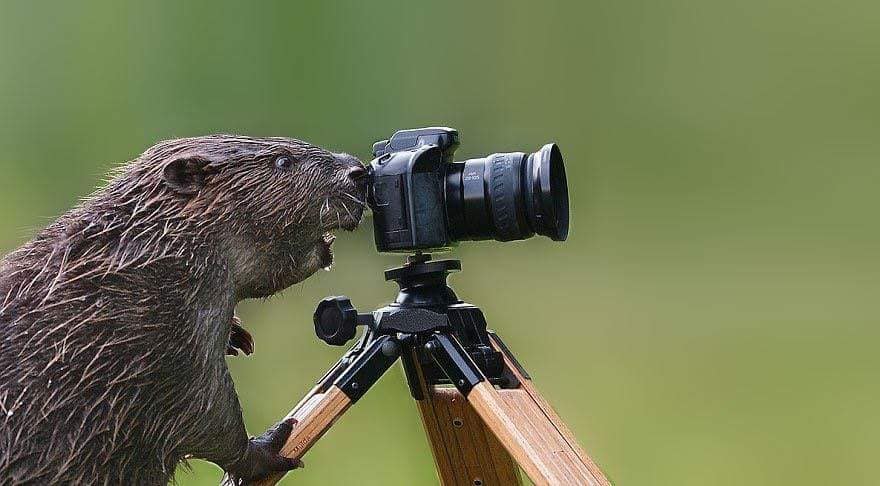
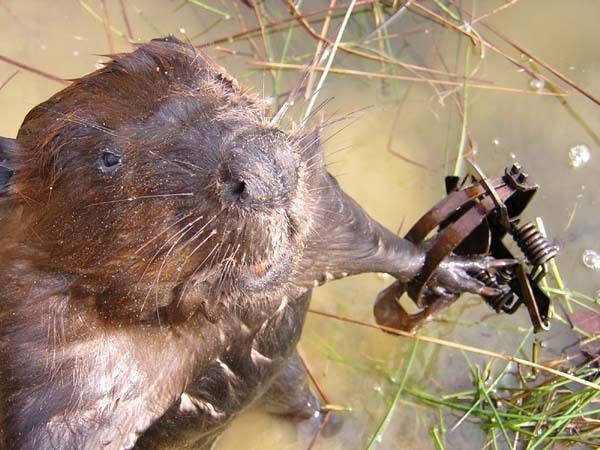
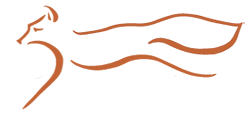
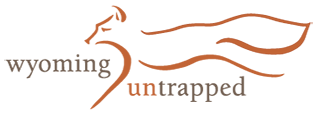

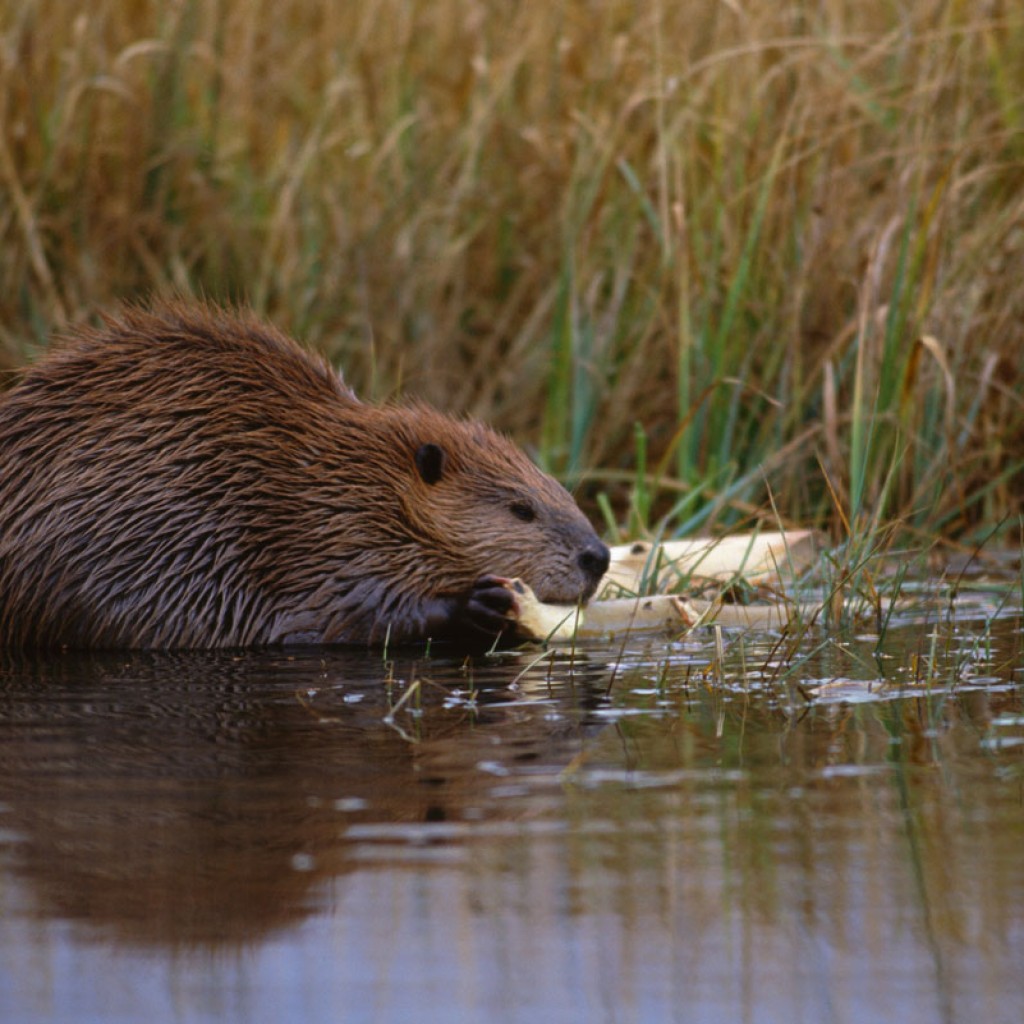
Joyce Levy
Trapping is cruel as no outdated.
Wyoming Untrapped
Hi Joyce,
Thank you for voicing your concerns. If you don’t mind, could you take a few moments to submit your public comment to Wyoming Game and Fish?
Here is the link: https://wgfapps.wyo.gov/WGFD_WebSurvey/CommentOnly.aspx
If you need additional talking points they can be found here on our webpage: https://wyominguntrapped.org/take-action-current/take-action-beavers/
Thanks so much for caring about wildlife.